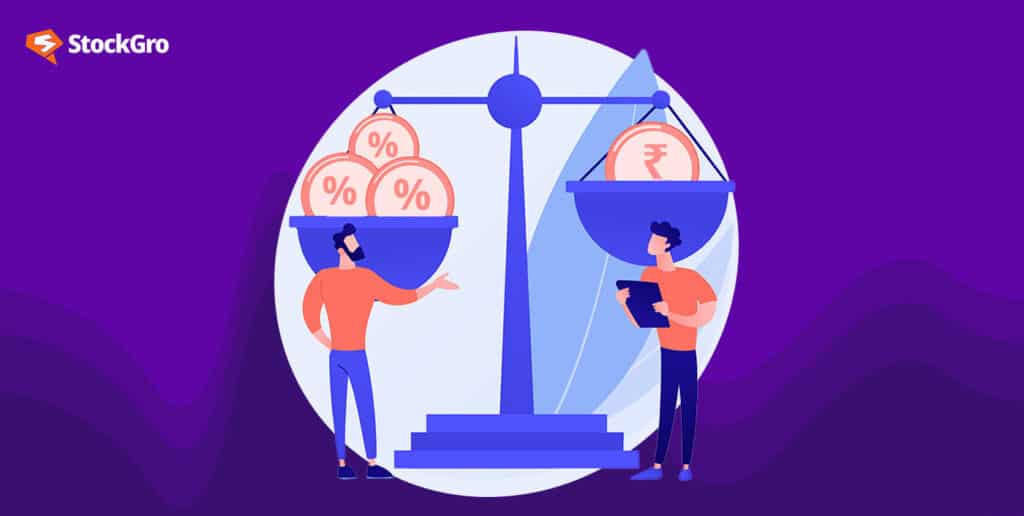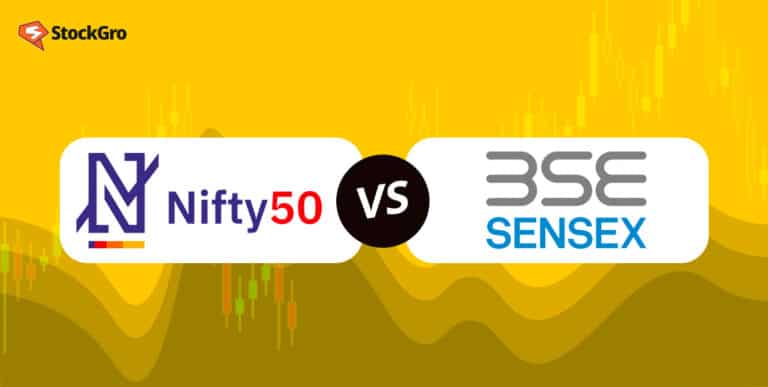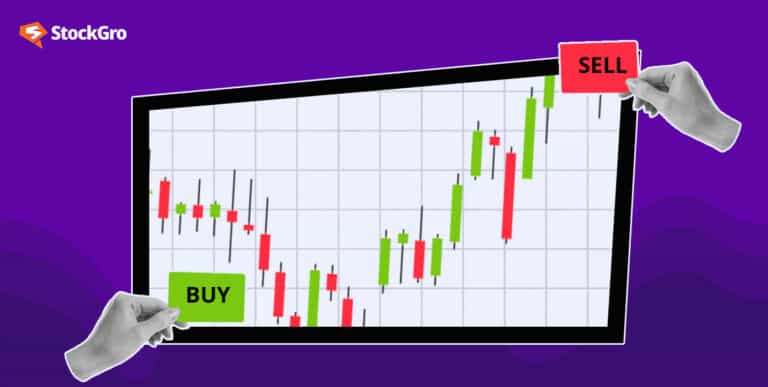
There seem to be few better ways to develop a financial corpus than investing in the stock market. While prudent, conservative investments help in gradual wealth creation, investing in companies that offer dividends can ensure a steady and regular income.
But before you simply jump in to invest in a company that offers dividends, there are certain aspects that you cannot let go without knowing.
What exactly is a dividend?
As a part of corporate strategy, it allows the enlisted companies to award the shareholders a part of their profits. While it does make you happy with your monetary gain, companies take it as a part of capital allocation.
Plus, as a shareholder, you get the confidence boost that the profits that your company is showing are true and that it is going to stay for a long time.
What is the use of dividends?
The rate of interest in all forms of investments is at an all-time low; regular investors are looking beyond the traditional means of fixed income and a reliable yield. Bonds are conventionally a safe haven for investors. Now, they tend to give more risks than rewards.
Considering the current state where the latest bonds stand, companies that pay dividends are in popular demand. Also, some companies offer a higher dividend than standard bonds. Additionally, they offer a potential appreciation of share price. And if rates shoot up, you do not stand a chance to risk the rate of interest.
But with dividend yields comes the option of a dividend rate. Though they appear similar in many ways, they are not identical. And this is where much confusion arises. So if you want to buy stocks of companies that offer dividends, you need to clear the fog about dividend yield vs dividend rate.
You may also like: Difference between Nifty and Sensex
What dividend rate is all about?
Investors often refer to dividend rates plainly as dividends. Essentially, you are likely to get the total payment of dividends from a particular investment. It could be anything from mutual funds, stocks or similar instruments in the money market.
As an investor, you can typically get dividends on an annual or on a quarterly basis. Also, the rate can either be adjustable or fixed. This means the dividend rate might remain unchanged for many financial years or fluctuate.
It generally depends on the strategies and preferences of the company that offers dividends. The board of directors members that offer bonuses would determine the rate of dividends. The shareholders approve the rate later.
What is the dividend rate formula?
Dividend Rate= Dividend per Share/ Current Price
Wondering what is the dividend per share? Well, it is the total sum of dividends for every individual share of the outstanding stock of a company.
What is dividend yield?
Are you wondering about what dividend yield is in the share market? Simply put, the ratio of finance shows the amount that a company pays as dividends. Generally, this yield is expressed in the form of a percentage. Also, the dividend yield shows a return on investment, which is specific to the dividend.
And if the dividend rate remains the same for some years, then the amount of yield is likely to rise with the fall of stock price. In keeping with it, the price of stocks can plummet if the price rises.
So you can say that the dividend yield changes with the changes in stock proof. It is no wonder that you can find the yield of a particular company is surprisingly high. If that happens, then the value of the stock might fall really fast.
What is the dividend yield formula?
Dividend Yield= Dividend Per Share/ Market Value per Share
Let’s understand with example the difference between dividend rate and yield:
Say that you invest about Rs. 1,00,000 in a particular bank. For this, that bank allows you 1000 units of shares. Next, your bank offers dividends of Rs 5 for every share. This is the rate of dividends. So under such circumstances, the total dividend amount that you get is Rs 5000. And in this case, your dividend yield would be as the following: Rs. 5,000 x 100/ 1,00,000 = 5%.
What are the aspects of book closure as well as ex-dividend?
While calculating the dividend yield for a whole year, you also need to consider the dividend yield ratio for the smaller investments. This would be based on the book closure on your stock.
For example, if the bank’s book is closed on the 1st of July, and you bought your shares on the 1st of January, then you can get a yield of 10%. This is because your personal period of shareholding is just 6 months, as opposed to one whole year.
You also have to think about the aspect of ex-dividends. It is the date following which you would not be able to get dividends in the particular financial year. So, if your bank declares 25th July as the date of book closure, the stock exchange might announce 20th July as the date of ex-dividend. After this date, you will not receive dividends from your bank.
Also Read: How does intraday trading work?
Which one among dividend rates and yield carries more weight?
If you examine closely, then you can sense that both metrics are equally significant and connected. To delve deeper into the matter, you might need to invest some time to have a clear conception of the basics, such as how to calculate dividends per share.
How to use dividend rate and dividend yield properly?
Both dividend yield, as well as dividend rate, are significant aspects of evaluating investments. So as an investor, it is necessary that you look for companies that show a steady track record of growth.
You also need to remember that a fund or a company that boosts up the rate of dividends can also enhance the dividend yield. However, gauge that this yield would depend on the dividend rate share price, the dividend yield of your company can also enhance with the fall of the share price.
Also Read: Stock Lending and Borrowing [Explained]
The Takeaways
Both dividend rate and dividend yield now seem to become interchangeable. Yet, genetically, they are not the same.
The dividend rate is the amount you get from a specific investment like the stock market. However, the dividend yield is actually something that your company would pay as dividends in keeping with the stock price.
The yield of the dividend is likely to decrease, increase and even remain the same for years. And any fluctuation in the amount of dividend can affect the stock price and the yield.

